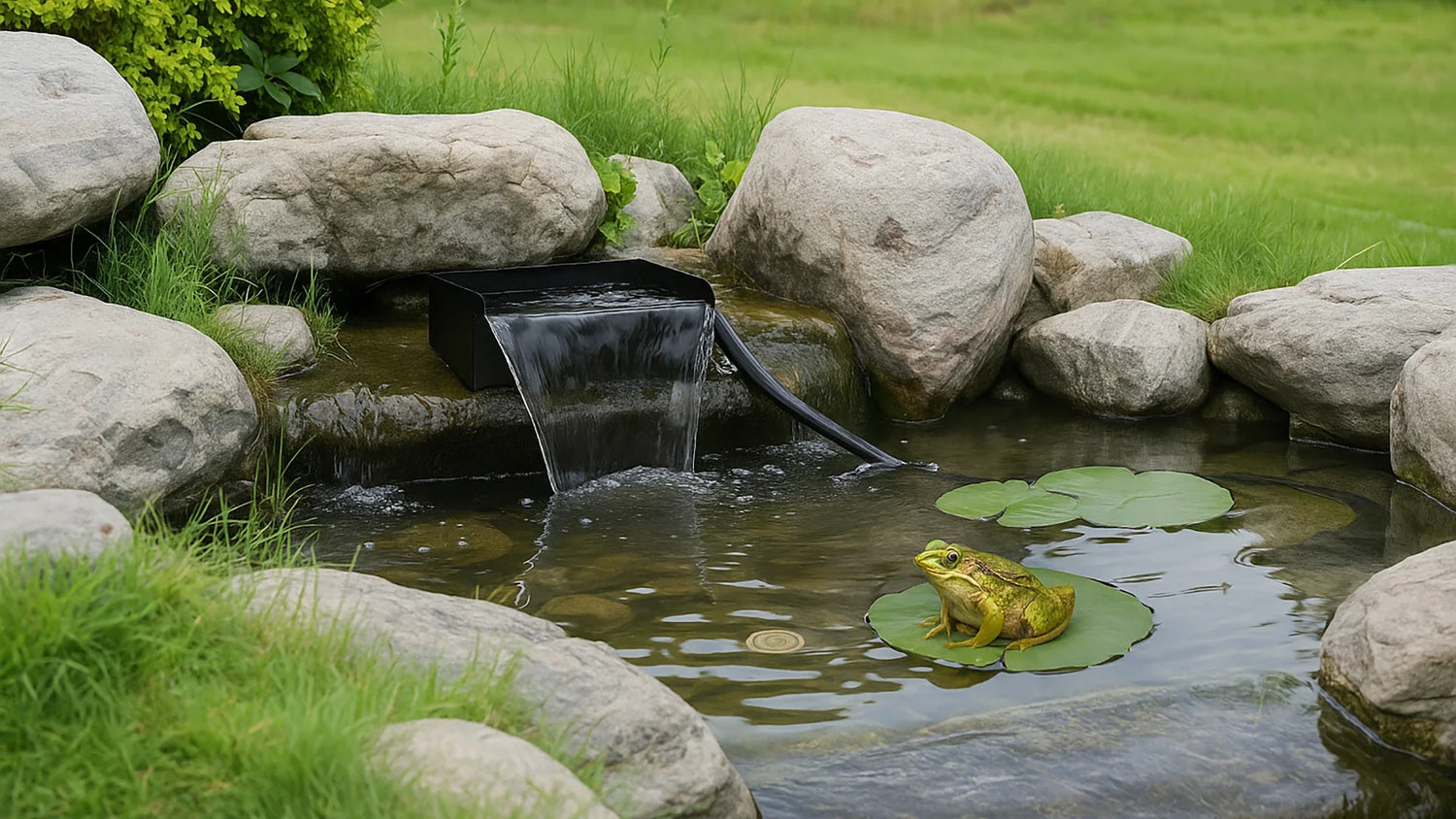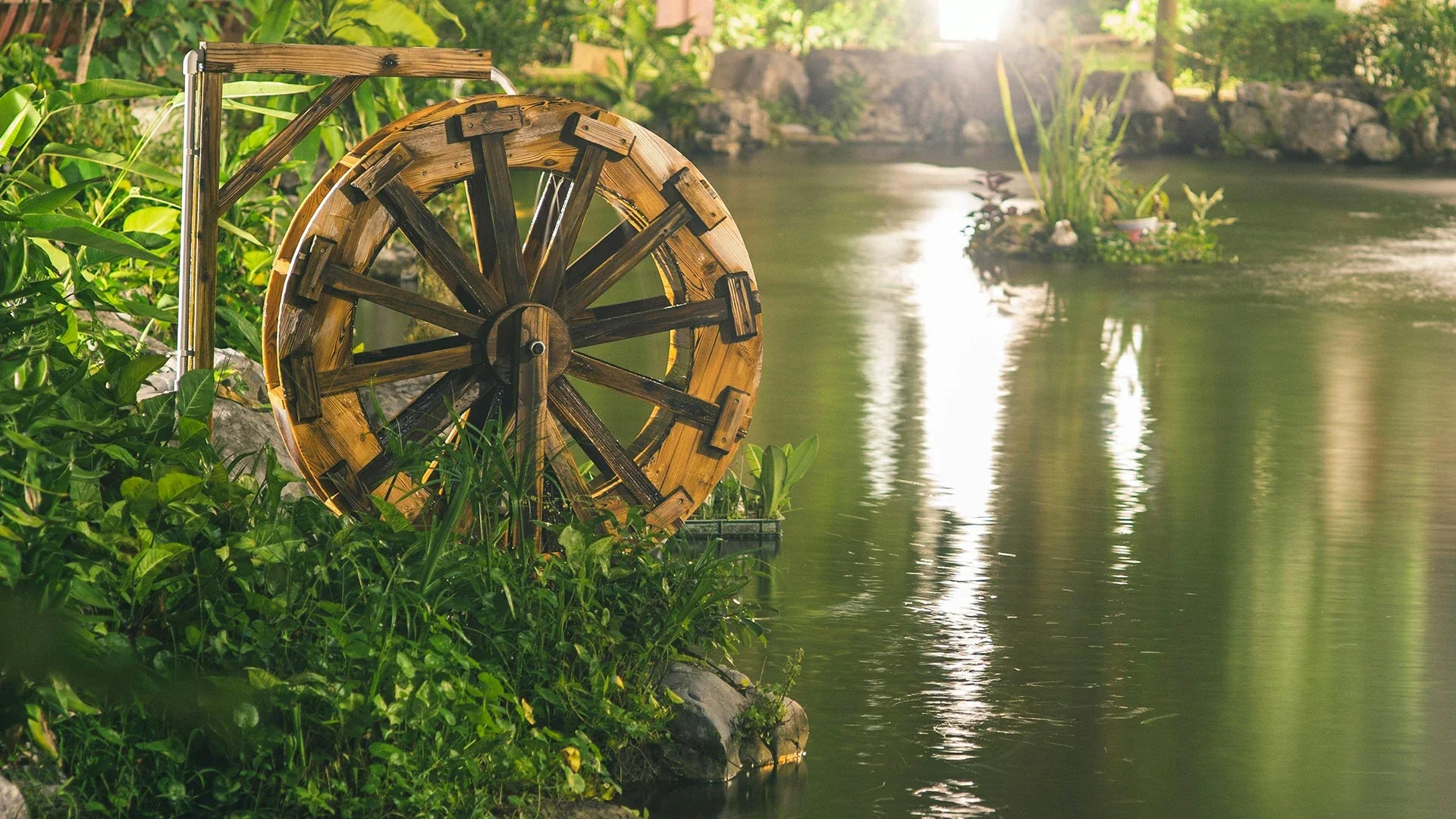A garden pond is not just for show—it can be an active ecosystem teeming with croaks, splashes, and zigzagging activity. Attracting frogs is one of the joys of pond ownership for many nature enthusiasts. Frogs are not only an ornament to your landscape, they also serve to reduce pests and offer an indication that your garden is healthy. If you’re curious about building a backyard pond for frogs, you’ll need to go beyond basic water features and think about habitat design.
This guide explores why frogs belong in your pond, the best design practices, and how to create a space where these amphibians can thrive without chemicals or disruption.
Why Attract Frogs to Your Pond
Frogs are natural pest controllers. A single frog can consume hundreds of insects in a week, from mosquitoes to beetles. By adding frogs, you’re supporting a balanced ecosystem that reduces the need for pesticides.
They are also bioindicators, so their existence indicates good environmental quality. When frogs are prospering, it is a sign that your pond water is clean and your environment is in balance. Homeowners like the evening frog chorus to add ambiance and a touch of wilderness to their gardens.
Poposoap's belief is sustainable design and ecology. Their pond equipment, like solar pumps and filter boxes, facilitates oxygenation and clarity without upending delicate amphibian habitats. When ideas for frog ponds are researched, Poposoap equipment allows systems to be created which welcome frogs in a natural way.
Ideal Pond Size and Depth

When designing a pond for a frog environment, size and shape matter over perfection. Frogs prefer shallow borders to easily come and go in, and in deeper zones to hide in and winter in.
- Size: A tiny pond, only a few feet in diameter, can be attractive to frogs if well-designed. Bigger ponds, however, support greater biodiversity and offer frogs more room to breed.
- Depth: Not more than about 18–24 inches with many shallow shelves close to the edges. The shallows provide necessary foraging areas for adults and tadpoles.
- Edges: Sloping, or ramps, are better. Steep sides trap amphibians, but gradual slopes are good access.
Poposoap solar pumps can circulate water around ponds of almost any size without stagnation and with minimal engineering. Compared to heavy-duty electrical circuits, solar circulation preserves water freshness and natural atmosphere.
Vegetation and Shade for Frogs

Plants are utilized as food, cover, and breeding places by frogs. A well-vegetated pond will draw them in naturally.
- Floating Plants: Water lilies or frogbit provide shaded resting sites and help control water temperature.
- Marginal Plants: Sedges, irises, and reeds on the margins create cover for frogs traveling to and from the pond.
- Submerged Plants: Hornwort and elodea improve water quality and offer hiding places for tadpoles.
Shading is critical. Frogs are susceptible to heatstroke, so there must be some part of the pond shaded from direct sunlight at all times. Grasses, shrubs, or pergolas are effective sunshades. Poposoap's solar fountains function without needing sunlight to circulate water.
Avoiding Chemicals and Filters
Frogs are highly chemical sensitive, especially towards pesticides and harsh algaecides. In order to design a truly frog-friendly pond, omit chemical treatments entirely. Instead, rely on natural balance:
- Use plants as a cleaning system for ponds. They strip away nutrients and limit algae.
- Skim debris manually or use eco-friendly filter boxes. Poposoap filters use reusable media, which is simple to clean and does away with chemicals.
- Supply circulation with solar pumps to prevent stagnation.
By employing natural methods, you create a healthier environment for frogs and other water-dwelling creatures. This fits with Poposoap's green brand story—working with nature instead of against it.
Real Accounts of Frog Enthusiasts
Gardeners around the world discuss how adding ponds transformed their backyard.
One homeowner described how a tiny pond, about the size of a kiddie pool, became filled with a thriving frog community in a matter of weeks after they added native plants and a solar fountain to it. The frogs returned each spring, laying eggs that turned into tadpoles, creating a life cycle observable from the kitchen window.
A second gardener, bothered by mosquitoes, added a shallow-shelved pond and lilies. Frogs showed up in one summer, and mosquito numbers dropped. Children utilized the pond as an educational tool, learning how important amphibians are to the environment.

Poposoap's energy-efficient fountains and filtration systems have been showcased by families seeking maintenance-free products. Because the systems are chemical-free and energy efficient, they sustain wildlife—in this case, frogs—along with keeping ponds looking pleasant.
Final Thoughts
Constructing a frog backyard pond is all about more than just water—it's about environment. Creating shallow zones, using the right plants, and avoiding chemicals permits you to call frogs into your landscape naturally.
For those looking at frog pond ideas, Poposoap products provide the perfect blend of technology and nature. Solar pumps and filter boxes keep ponds in motion without harming amphibians, and their green ethos ensures long-term sustainability.
A thoughtfully created frog habitat pond doesn't just add life to your yard—it supports local neighborhood biodiversity, helps control pests, and bonds your household with the rhythms of nature. With thought and ecologically friendly gardening equipment, your garden can be a haven where frogs croak, dragonflies dart, and shimmering water shines year in and year out.





Leave a comment
All comments are moderated before being published.
This site is protected by hCaptcha and the hCaptcha Privacy Policy and Terms of Service apply.